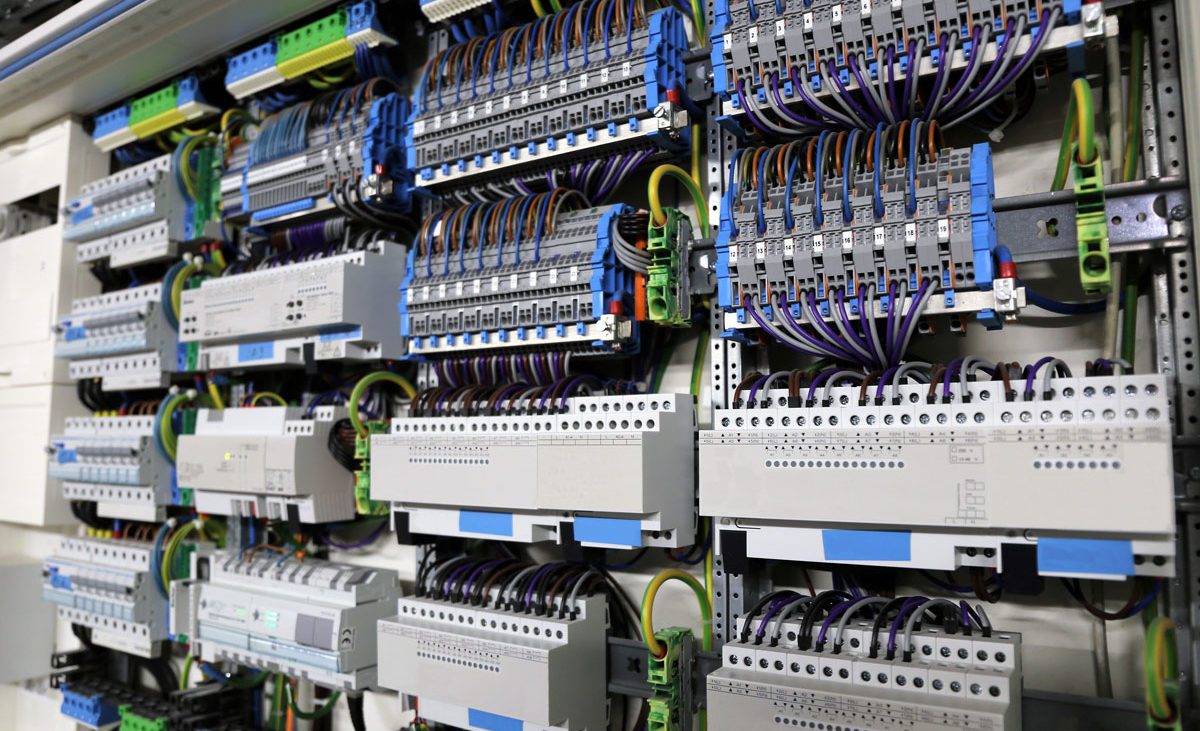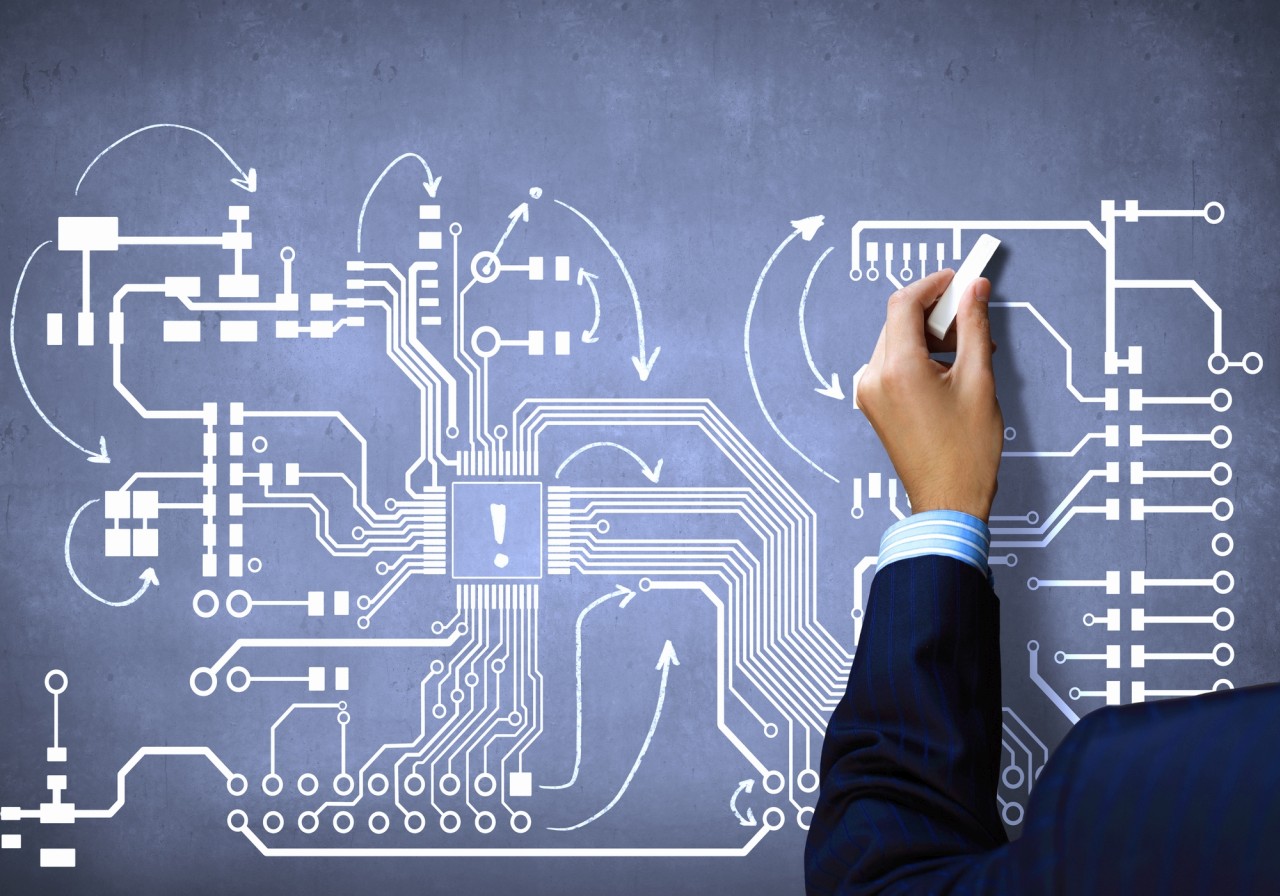Tailored Electrical Load Calculation Services for Commercial and Industrial Facilities
Tailored Electrical Load Calculation Services for Commercial and Industrial Facilities
Blog Article
Ingenious Electric Design Providers for Modern Framework
The evolution of modern-day framework requires ingenious electrical design services that not only enhance functional effectiveness yet also address sustainability obstacles. As metropolitan settings grow significantly complex, including technologies such as smart grids and renewable resource sources ends up being critical. These innovations not only guarantee to optimize power intake however also foster strength against future needs. Nevertheless, the landscape of electric design is undertaking fast makeover, prompting a better examination of emerging patterns and their implications for long-lasting infrastructure feasibility. What might the future hold for those who accept these cutting-edge techniques?
Significance of Innovative Electric Design
Innovative electric design plays a crucial duty in modern facilities, affecting not only efficiency but additionally sustainability. As cities evolve and the need for power boosts, the requirement for sophisticated electric systems becomes extremely important. These systems must not only fulfill current demands but likewise prepare for future development and technological advancements.
A well-executed electric design can substantially lower power consumption, thereby decreasing functional costs and lessening ecological influence. By integrating renewable power resources, such as photovoltaic panels and wind turbines, cutting-edge styles can enhance energy independence and resilience. Smart grid innovations permit for real-time tracking and management of power distribution, optimizing performance and decreasing waste.
Safety and security is one more critical facet of electric design. Applying rigorous requirements and advanced technologies can alleviate dangers associated with electrical failings, making sure a protected atmosphere for homeowners and companies alike. In addition, ingenious designs facilitate adaptability, permitting infrastructures to integrate arising modern technologies effortlessly.
Trick Trends in Electrical Design
As the landscape of electrical design remains to evolve, numerous key patterns are shaping the future of the industry. One substantial fad is the integration of wise technology right into electric systems. The spreading of the Net of Points (IoT) has allowed real-time monitoring and control of electric devices, enhancing efficiency and promoting anticipating upkeep.
Another trend is the growing emphasis on modular design. This approach permits for scalable and versatile remedies, making it possible for infrastructure to adapt to changing demands without considerable improvements. Additionally, using sophisticated simulation tools and Structure Information Modeling (BIM) is coming to be increasingly widespread, improving the design process and enhancing cooperation amongst stakeholders.
In addition, developments in products scientific research are causing the advancement of lighter, a lot more resilient, and energy-efficient parts. This advancement is specifically crucial for high-performance buildings and facilities jobs.
Lastly, there is a significant change in the direction of data-driven decision-making - electrical engineering design services. Leveraging information analytics helps designers optimize systems for performance and cost-effectiveness. With each other, these fads indicate a transformative age in electric design, enhancing performance, sustainability, and durability in modern-day facilities
Sustainable Power Solutions
Sustainable power remedies are progressively coming to be a vital focus in electric design, mirroring a broader dedication to environmental obligation and resource efficiency. These remedies intend to reduce ecological influence while optimizing power consumption in various frameworks, from property structures to big industrial facilities.
Among Our site the primary approaches includes the assimilation of renewable resource sources, such as solar panels and wind generators, right into electric systems. This not only minimizes dependency on nonrenewable fuel sources however additionally boosts energy durability. Furthermore, cutting-edge energy storage systems, such as advanced batteries, enable effective monitoring and distribution of energy, making certain that surplus power produced throughout height manufacturing can be utilized during high need periods.
Additionally, energy-efficient design methods are being embraced to boost overall system performance. This includes making use of energy-efficient lighting, heating and cooling systems, and clever building technologies that keep track of and adjust energy use based upon occupancy and environmental conditions.
Smart Grid Technologies
The application of sustainable power services normally brings about the expedition of smart grid modern technologies, which play an essential duty in updating electric systems. Smart grids utilize advanced communication modern technologies and information analytics to improve the dependability, effectiveness, and sustainability of power circulation. By incorporating digital modern technology with standard grid infrastructure, these systems facilitate real-time surveillance, automated control, and improved decision-making abilities.
One of the essential functions of clever grids is their capacity to fit eco-friendly energy resources, such as solar and wind power. This versatility not just reduces reliance on fossil gas yet likewise allows for a more decentralized power production design. Wise grids make it possible for demand reaction programs, where customers can readjust their power usage based on real-time rates, consequently advertising energy preservation and reducing peak tons demands.
Furthermore, smart grid technologies enhance grid durability by enabling quicker recognition and resolution of outages, inevitably lessening downtime. With predictive maintenance and analytics, utilities can enhance and optimize operations service distribution. As cities and neighborhoods remain to develop, wise grid technologies are vital for constructing a efficient and lasting electrical framework that satisfies the needs of modern society.

Future-Proofing Facilities
To make certain long-term feasibility and flexibility, future-proofing infrastructure is necessary in the quickly advancing landscape of electrical design services. As innovation advances and power demands shift, it is essential that electric systems are made with versatility in mind. This entails including scalable remedies that can fit future upgrades without requiring considerable overhauls.

Additionally, sustainability must be a cornerstone of future-proofed styles. Using renewable resource sources, such as solar and wind, and optimizing power effectiveness minimize reliance on fossil fuels, straightening with international efforts to deal with environment modification.
Conclusion
By prioritizing performance, flexibility, and sustainability, these solutions deal with the developing demands of energy systems. The assimilation of wise grid modern technologies and lasting power options boosts resilience and minimizes operational prices.
A well-executed electrical design can significantly lower power consumption, consequently reducing functional prices and reducing ecological impact. By integrating renewable power sources, such as solar panels and wind generators, ingenious designs can Going Here boost energy freedom and durability. In addition, cutting-edge energy storage space systems, such as innovative batteries, make it possible for efficient administration and distribution of energy, guaranteeing that excess power produced throughout height manufacturing can be used throughout high need periods.
Smart grids make it possible for need response programs, where consumers can readjust their energy usage based on real-time pricing, therefore advertising power conservation and decreasing peak load needs. (residential electrical design)
As technology advances and power needs change, it is crucial that electrical systems are designed with versatility in mind.
Report this page